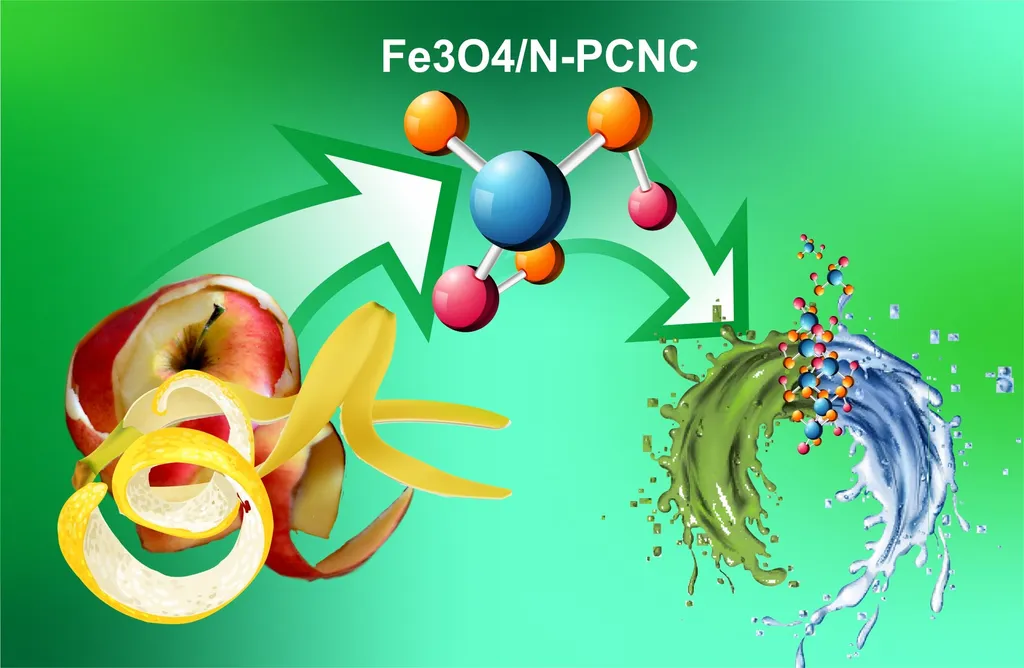In the pursuit of enhancing the performance of graphitic carbon nitride (g-C3N4) for environmental and energy applications, researchers have made a significant stride. Kashif Shahid, a chemist from the Department of Chemistry at Abdul Wali Khan University in Mardan, Pakistan, has led a study that modifies g-C3N4 with titanium dioxide (TiO2) to create a nanocomposite with promising applications in energy storage and water treatment.
The study, published in the journal *Nanocomposites* (which translates to *Nanocomposites* in English), details the fabrication of the TiO2/g-C3N4 nanocomposite using a wet-chemical method. The researchers employed various characterization techniques to investigate the physicochemical properties of the nanocomposite. These techniques included UV spectroscopy, Fourier-transform infrared spectroscopy (FT-IR), scanning electron microscopy (SEM), energy-dispersive X-ray spectroscopy (EDX), and thermogravimetric analysis/differential scanning calorimetry (TGA/DSC).
The results of the study are promising. In supercapacitor applications, the TiO2/g-C3N4 nanocomposite electrode achieved a notable specific capacitance of 287.7 F/g. This is a significant improvement over the performance of g-C3N4 alone, indicating that the nanocomposite could be a viable candidate for energy storage applications.
Moreover, the nanocomposite demonstrated superior activity in the degradation of Basic Blue 3 dye (BB3), achieving a degradation rate of 99.68% in 240 minutes. This suggests that the nanocomposite could be used in water treatment processes to remove harmful dyes from wastewater.
“The nanocomposite revealed favorable kinetics of both pseudo-first-order (PFO) and pseudo-second-order (PSO) models and was found stable with good recycling ability up to 5 cycles,” Shahid explained. This stability and recyclability are crucial for the commercial viability of the nanocomposite, as they reduce the costs associated with frequent replacement of materials.
The study also investigated the effect of various parameters on the performance of the nanocomposite, including time, dye concentration, temperature, pH, dose, and the use of oxidants. This comprehensive analysis provides valuable insights into the optimal conditions for the nanocomposite’s use in different applications.
The research conducted by Shahid and his team could have significant implications for the energy and environmental sectors. The nanocomposite’s superior performance in energy storage and water treatment applications could lead to the development of more efficient and cost-effective technologies. As the world grapples with the challenges of climate change and environmental pollution, such advancements are crucial.
Furthermore, the study’s findings could pave the way for further research into the modification of g-C3N4 with other materials to enhance its performance. This could open up new avenues for the development of advanced materials for various applications.
In conclusion, the study by Kashif Shahid and his team represents a significant step forward in the field of nanocomposite materials. The TiO2/g-C3N4 nanocomposite’s superior performance in energy storage and water treatment applications holds promise for the development of more efficient and sustainable technologies. As the world seeks to transition towards a greener future, such advancements are not just welcome but necessary.

